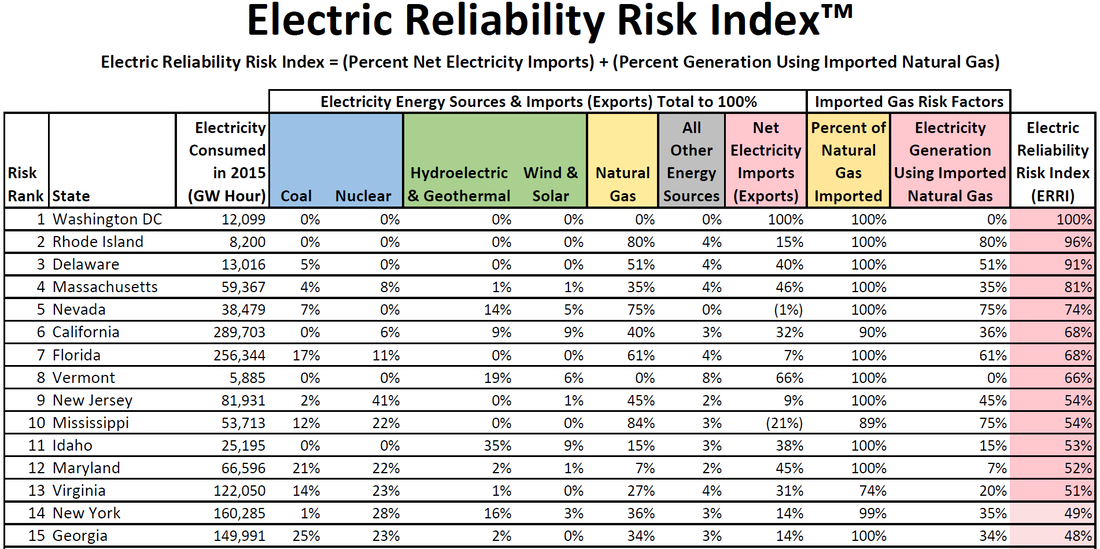Third COVID-19 Wave Hits U.S.
|
See Covid-19 Conditions Where You Live: www.covidclue.com
|
The United States is in the midst of a COVID resurgence. The first wave hit dense areas in the Northeast Corridor and Chicago metro area. The second wave hit areas in California, Texas, Georgia,and Florida with large Hispanic populations and people lacking health insurance. Now the third wave is nearly nationwide. Our CovidClue™ web application allows you to do real-time analysis of hotspots and trends. Get informed with your own reports, graphs, and maps by visiting www.covidclue.com.
Pandemics can impact electric grid security.
While COVID-19 is the current challenge for North American utilities, the 2009 H1N1 flu epidemic earlier alerted them to the pandemic threat. The North American Electric Reliability Corporation (NERC), the federally-designated regulator for the high-voltage portion of the electric grid, published this Industry Advisory near the end of the H1N1 outbreak. Utilities also learned from the SARS virus outbreak in Toronto in early 2003. In a proactive move, major electric utilities isolated their critical staff, including control room and generator operators, well before COVID-19 infections became widespread in North America.
Dependence on Human Staffing
Electric utilities are dependent on human staffing for their mission-critical operations: electric grid operators, line crews, and specialized technicians. After modelling of the COVID-19 pandemic and studying ways to mitigate its effect on electric reliability, members of the Foundation for Resilient Societies and other experts authored a paper, "Preserving Operational Continuity for Electric Utility Control Rooms During the COVID-19 Pandemic."
Supply Chains for Electric Grid Equipment
Critical equipment used by electric utilities often has long lead times for reordering. Some key components are made in foreign countries currently experiencing COVID-19 outbreaks, such as large power transformers. According to a report by the U.S. Department of Energy, two South Korean firms are major suppliers of transformers. In recent years, production of long lead-time electric grid components, including high-voltage circuit breakers and transformers, has shifted to North America and domestic stockpiles have been established.
|
Fuel Supply for Generation Plants
The United States is fortunate to be energy independent, including for nearly all fuel used in electric generation plants. However, the supply chains for fuel used by utilities can extend for thousands of miles. As a cost saving and pollution control measure, it is common for generation plants to depend on specific types of coal only available from certain geographic areas. A November 2008 study by the Center for Infectious Disease Research and Policy (CIDRAP) at the University of Minnesota, "Pandemic Influenza, Electricity, and the Coal Supply Chain," warned of disruption to low-sulfur coal mined at the Powder River Basin in Wyoming. Coal from this massive strip mine is shipped by rail to electric generation plants as far away as Georgia.
Dependence on Energy Imports
A large number of U.S. states are dependent on fuel "imported" across state boundaries for their generation plants, as well as electricity "imported" over long-distance transmission lines. Since the CIRAP report in 2008—when coal was used to generate half of America's electricity—generation plants have dramatically expanded their use of "just-in-time" natural gas from pipelines that can be hundreds of miles long. Long supply chains for electricity—and fuel used to generate electricity—might be disrupted by employee absenteeism during pandemics. The "Electric Reliability Risk Index" constructed by Resilient Societies shows the dependence of some of the most populated states on imported energy.
Sources: U.S. Energy Information Administration 2015 State Electricity Profiles & Natural Gas Annual; Resilient Societies analysis


